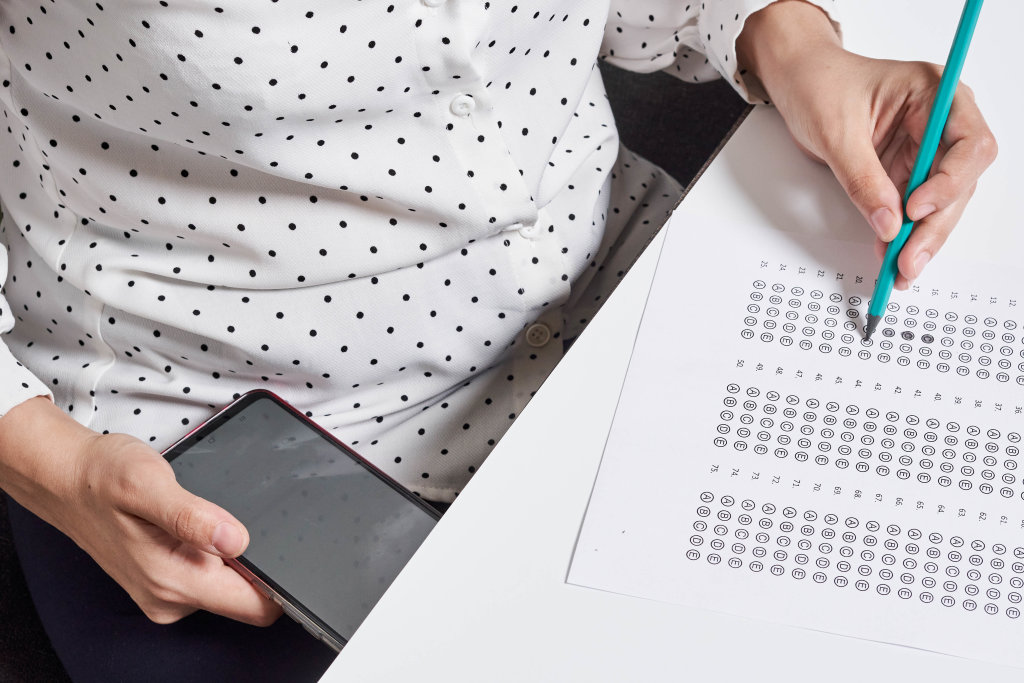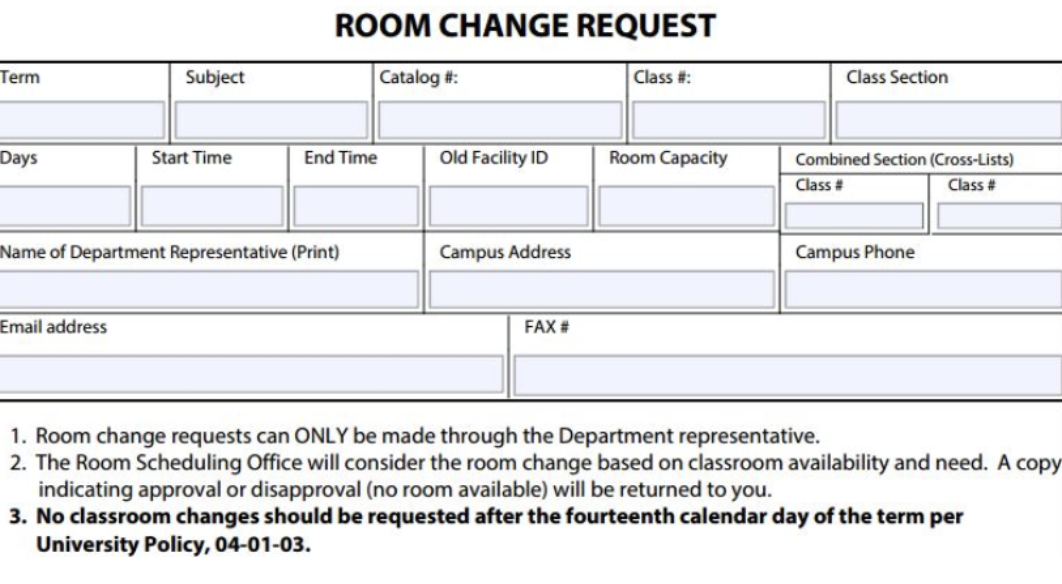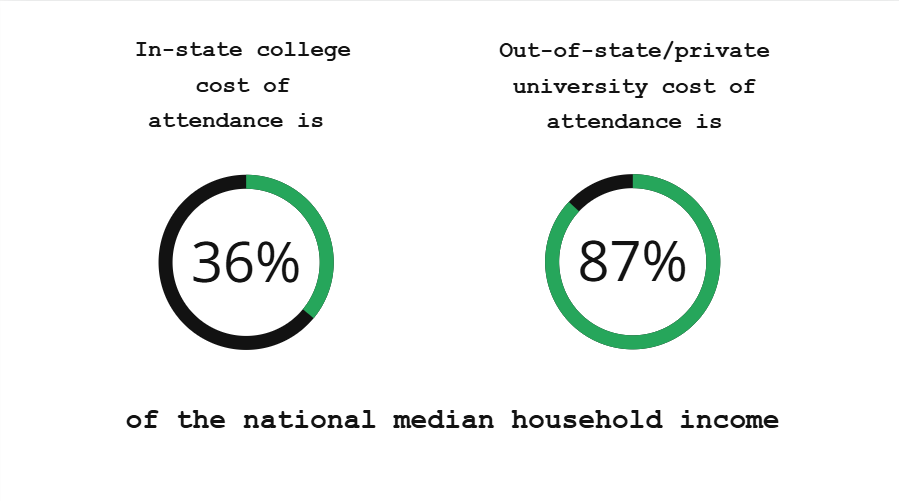For years, high school juniors have taken the standard 2400 composite SAT to get into college. Since it was first created in 1926 as an adaptation of the Army Alpha, an IQ test that was used to measure the intelligence of recruits to the U.S. Army, the SAT has made very few changes, and the ones that have been made were fairly minor.
However, this month, the redesigned SAT was rolled out and was taken by students for the first time. Some of the many changes included a converted score range, new sections and the elimination of the ¼ guessing policy. This new test is considered to be similar to the ACT, a test that has risen in popularity recently, explaining motives for the redesigned SAT. While this new test could be good news for future juniors, it has not been an easy adjustment for current juniors. Tutors who parents have hired to help their children get a high score are unsure how to teach students to succeed on the test, and students now have more trouble deciding between taking the new SAT and the ACT. For now, this new test is a stressful step in the already tedious college admission process, but the hope is that soon it will be an improvement for students.
However, the changes in the SAT were unneeded. When the SAT and ACT were vastly different assessments of college readiness, students who learned and took tests differently both had a chance to excel. Now, both of the tests are more geared towards ACT-type students, which causes stress for SAT-type students. While a new test may have seemed like a good idea, in the end, the test seems to be more trouble than it’s worth and the harms outweigh the benefits.














